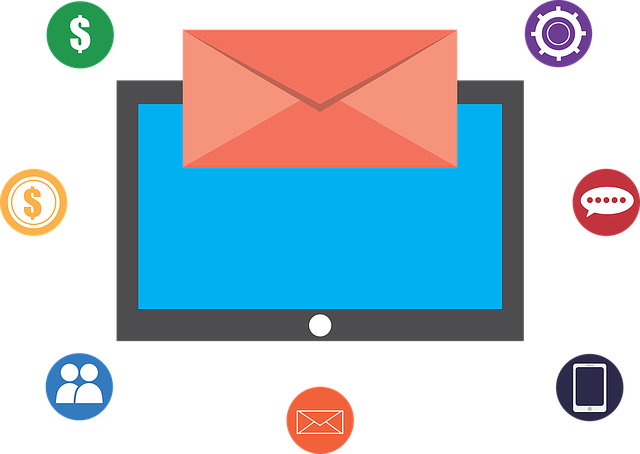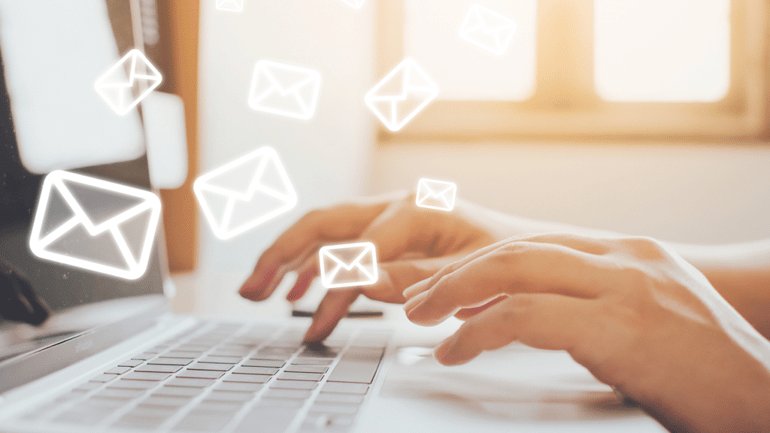Five Tips For Leveraging Email To Re-Engage Existing Clients

When it comes to marketing products and services in the B2B industry, marketers put a lot of focus on strategies that support the sales team in bringing their prospects to the closed-won opportunity stage of the pipeline. Oftentimes, they forget to implement a marketing strategy that will pique the interest of their easiest audience to retain – their existing clients – to keep them coming back for more. One of the easiest and most cost-effective ways to engage inactive customers, keep current customers in the loop, and even create upsell opportunities to committed clients is the use of email.

Here are five tips you can use when leveraging email for re-engagement:
1. Keep the lines of communication open
What does your client need and how can you help? Leverage email to keep the lines of communication open with the people that matter the most – those who have purchased your product or services or have shown interest in them. This will strengthen the relationship you have with your client and their loyalty to your brand.
2. Offer value
Forget the hard sales pitch. To relay a positive experience with your client communications, ensure that your email content offers approximately 70% of information that would be seen as pertinent or useful to the client, with the last 30% an actual sales pitch. By doing so, your clients will see value in the content you send to them. In return, they’ll be more inclined to open your messages versus sending it to their deleted or junk mail folder without giving it and you a second thought. You will also need to find the right balance of email frequency in proportion to your open rates. If your list isn’t opening your emails, it could be for two reasons. The content you are sending is not resonating with the audience or you are simply reaching out too frequently.
3. Give them a reason
When implementing a re-engagement email campaign to your clients, it’s important to eliminate the “if it’s not broken, don’t fix it” mentality. Tell them why they need a new service, purchase a product upgrade, and how leveraging what you’re offering can improve their business results. Remind them how positively your current offerings have impacted their business and how the new offering can make it even easier in the future. Don’t forget to include testimonials and case studies in your emails demonstrating how other clients have used the new service or product upgrade and what they have achieved as a result. Without a reason, your clients won’t feel compelled to move beyond their existing purchase.
4. Personalize and segment
Whether you are using a nurture marketing strategy to engage with prospects or looking to re-engage with existing clients, it’s critical to segment messaging and campaigns by industry and client type to ensure that your email campaigns are engaging the recipient and converting. By doing so, your message will be tailored to what the recipient needs to know and wants to hear. If you provide one set of offerings that greatly benefit one client-type but are completely irrelevant to another, avoid mass mailing the same message to both groups. Focus on who will want your new offering the most and target them.
5. Know your client’s value
This is one critical difference between marketing to businesses and consumers: You’re looking to develop quality relationships with people that will continue to you use your products or services for years to come versus the one-time sale from a large mass of consumers. In B2B, you need to constantly think long-term when creating email campaigns to your client base. When developing your communications, ask yourself this: What’s a client’s value over 5 years? Your email marketing strategy should focus on how to get the most revenue from a client over a longer, sustainable period of time versus the quick-sell to achieve quarterly goals.
In B2B marketing, it’s important to continuously encourage a bond between your company and your clients. Doing so will strengthen their loyalty to your brand. Use these helpful tips for your email campaigns and you’ll prove to your clients that you are committed to ensuring they get the most value from your products or services and that you’re looking to do so for the long-term.
Email marketing has many uses. To learn more about how to re-engage existing customers or to talk about how email marketing could be used in your business, contact us today.
.png?width=2361&height=488&name=Mezzanine%20Logo_Horiz_RGB_on%20blue%20(1).png)

